
The Maison Lorenz Bach Boutique will open at Christmas 2024 at a new location, more precisely at Bahnhofstrasse 5 next to the Hotel Schweizerhof.
Read moreThere’s always something new in Zermatt. If you’re curious, these pages provide lots of information about what is happening now, and surprises. We hope you enjoy browsing!
Would you like to always have the latest information at your fingertips? Then follow Zermatt -Matterhorn on Facebook, Instagram, and LinkedIn etc.

The Maison Lorenz Bach Boutique will open at Christmas 2024 at a new location, more precisely at Bahnhofstrasse 5 next to the Hotel Schweizerhof.
Read more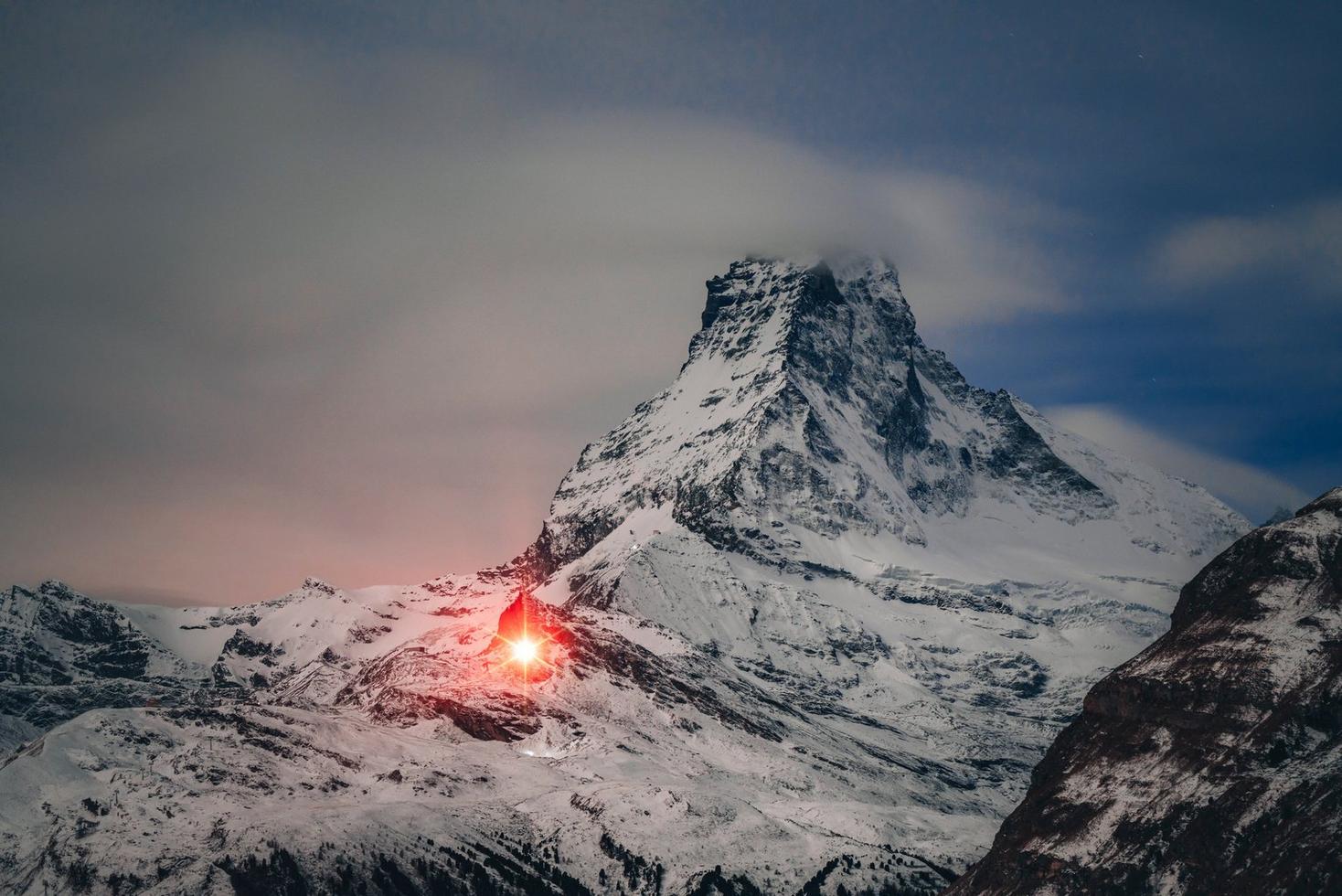
Every December, Zermatt is transformed into a glowing land of fairytales. 5,000 sparkling “glacier cristals” adorn the village and conjure up a unique play of lights, cloaking Zermatt in light and colour long into February. The innovative “Lumi” lighting concept brings wonder to visitors and locals, adding a very special kind of magic to Zermatt in the winter months.
Read more
Today marks a milestone in the digitalisation of tourism in the Zermatt - Matterhorn destination. As a premium destination, Zermatt is living up to its own claim of being at the forefront of digitalisation with the launch of the marketplace.
Read more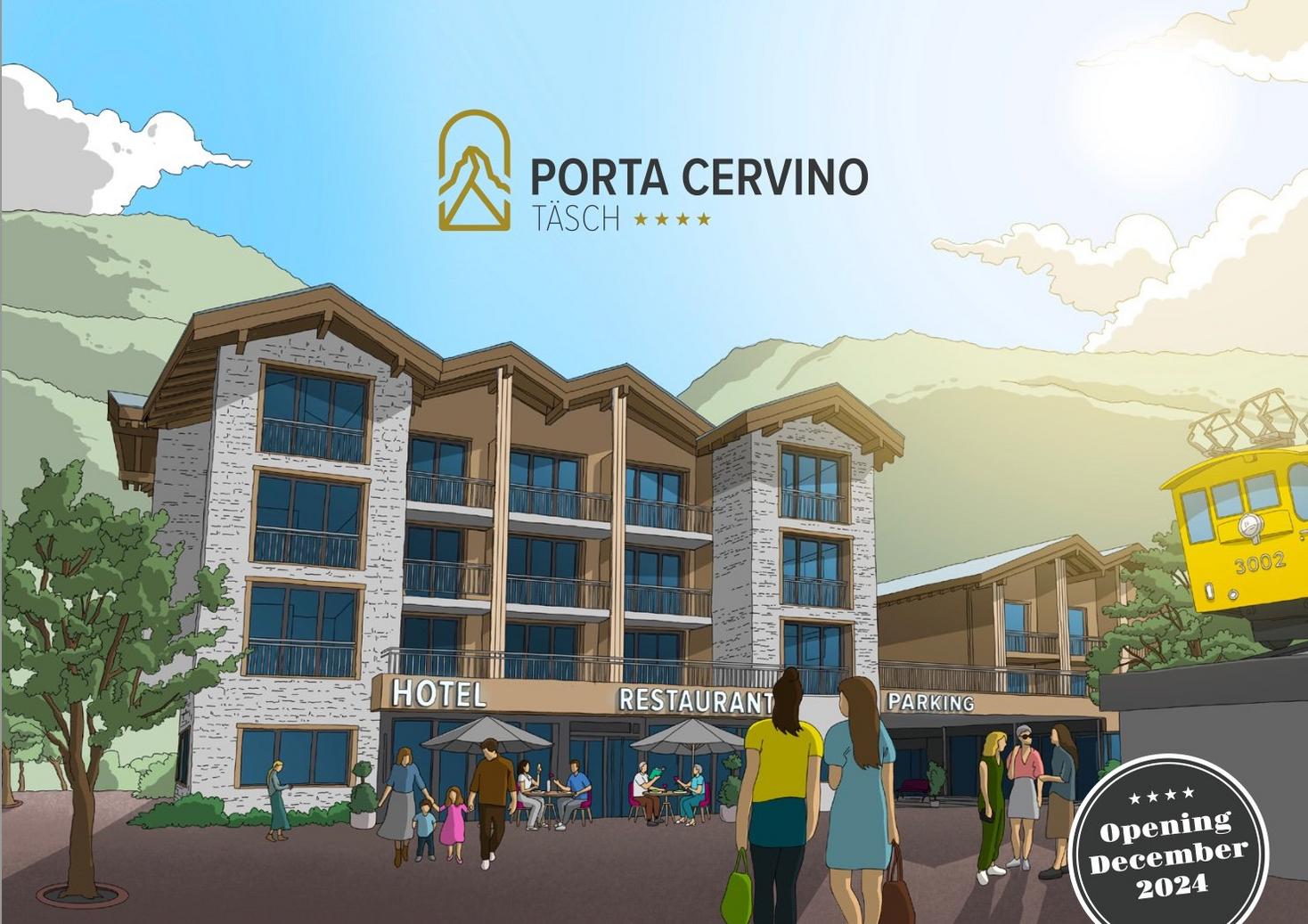
The new Porta Cervino Hotel will open in December 2024. The first guests are expected on 9 December in the hotel, comprising 41 modern chalet-style rooms with twin beds and walk-in showers.
Read more
The GaultMillau Guide Edition 2025 names André Kneubühler, Head Chef of THE OMNIA, as “Discovery of the Year”.
Read more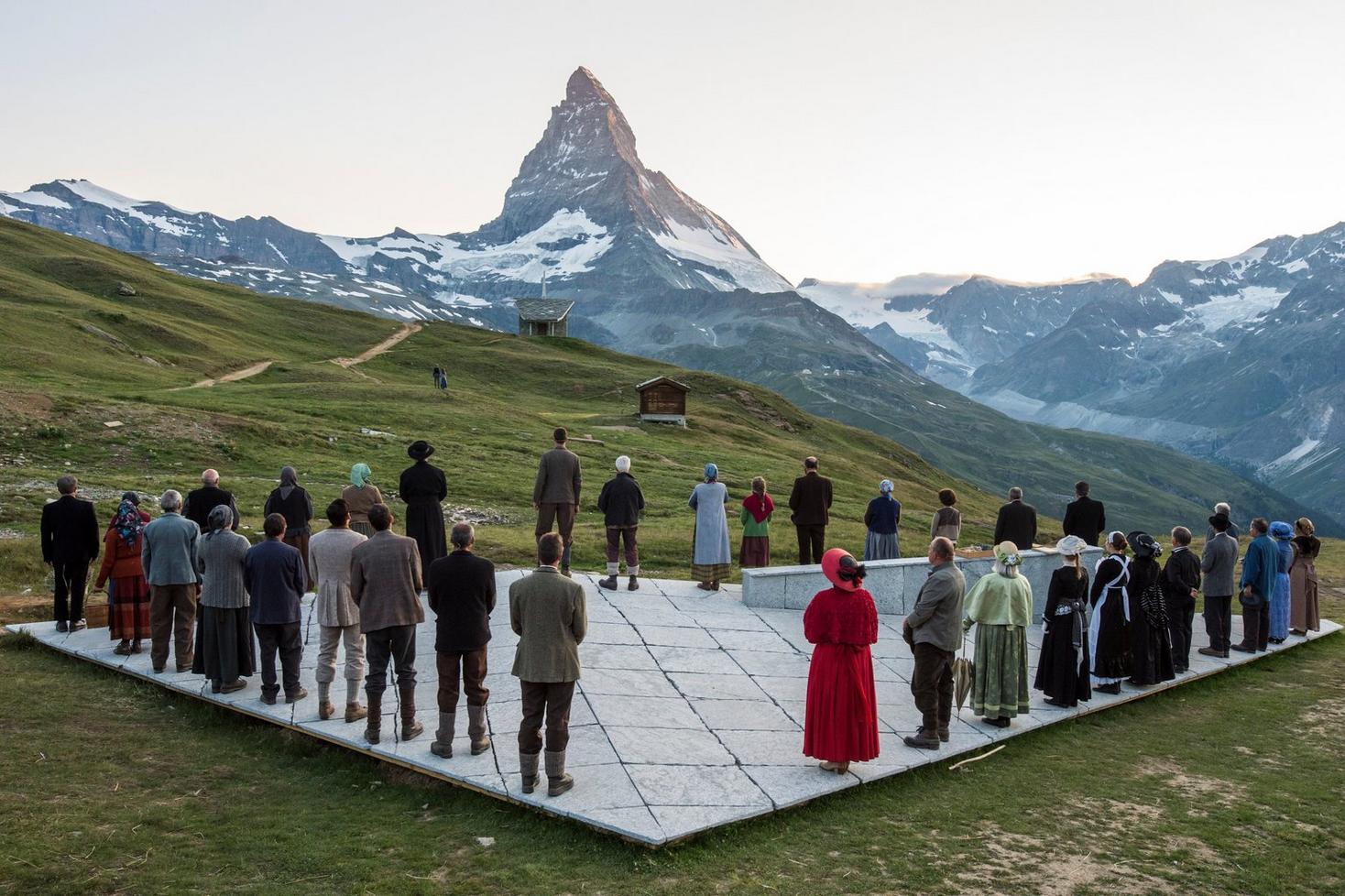
Anticipation is growing: exactly ten years after the huge success of ‘The Matterhorn Story’, the Zermatt Open-Air Theatre is celebrating a comeback of this work written especially for Zermatt in summer 2025.
Read more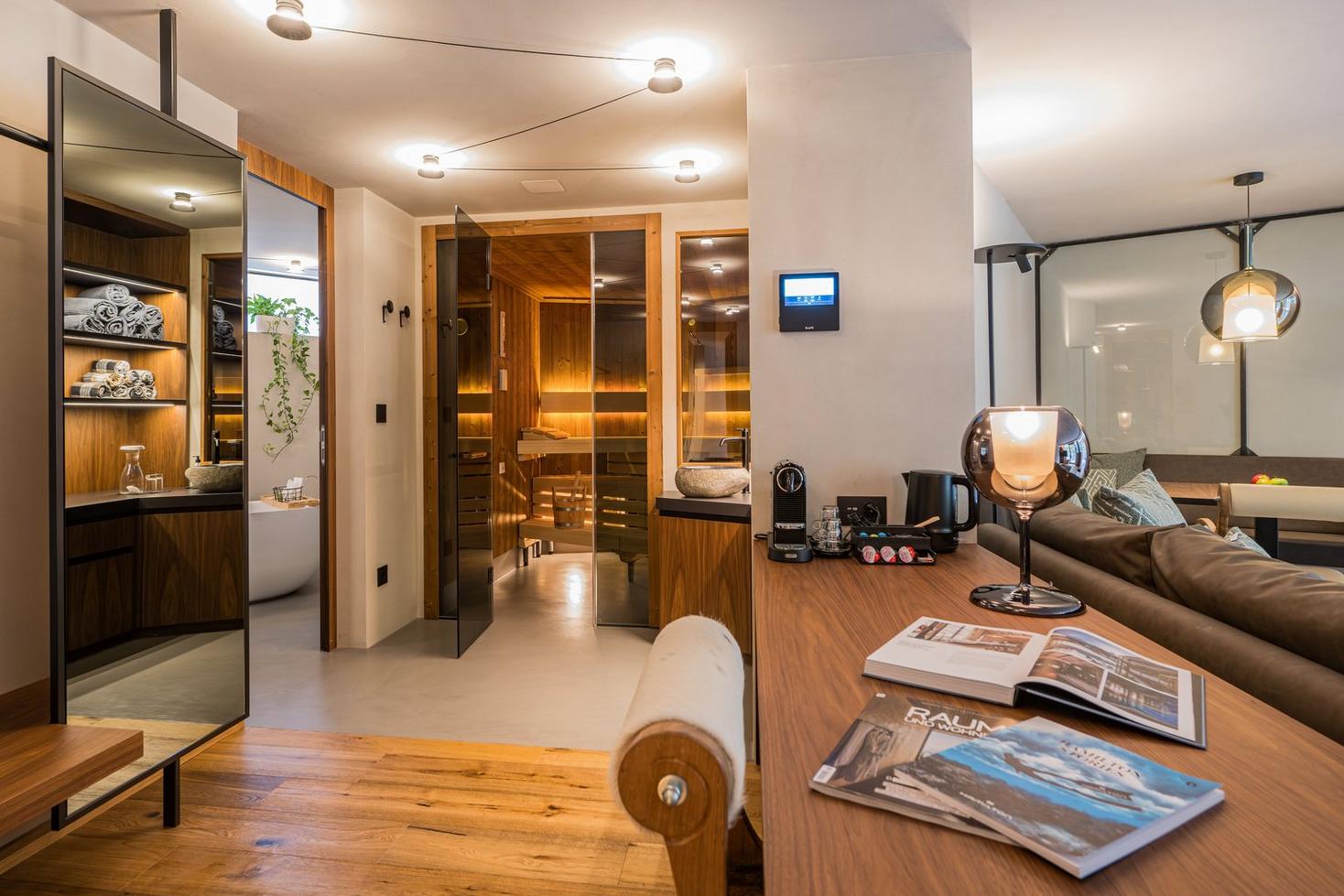
Highlight of the new 2-room suite covering 75 m2 is a private wellness area with an outdoor jacuzzi and views of the Matterhorn.
Read more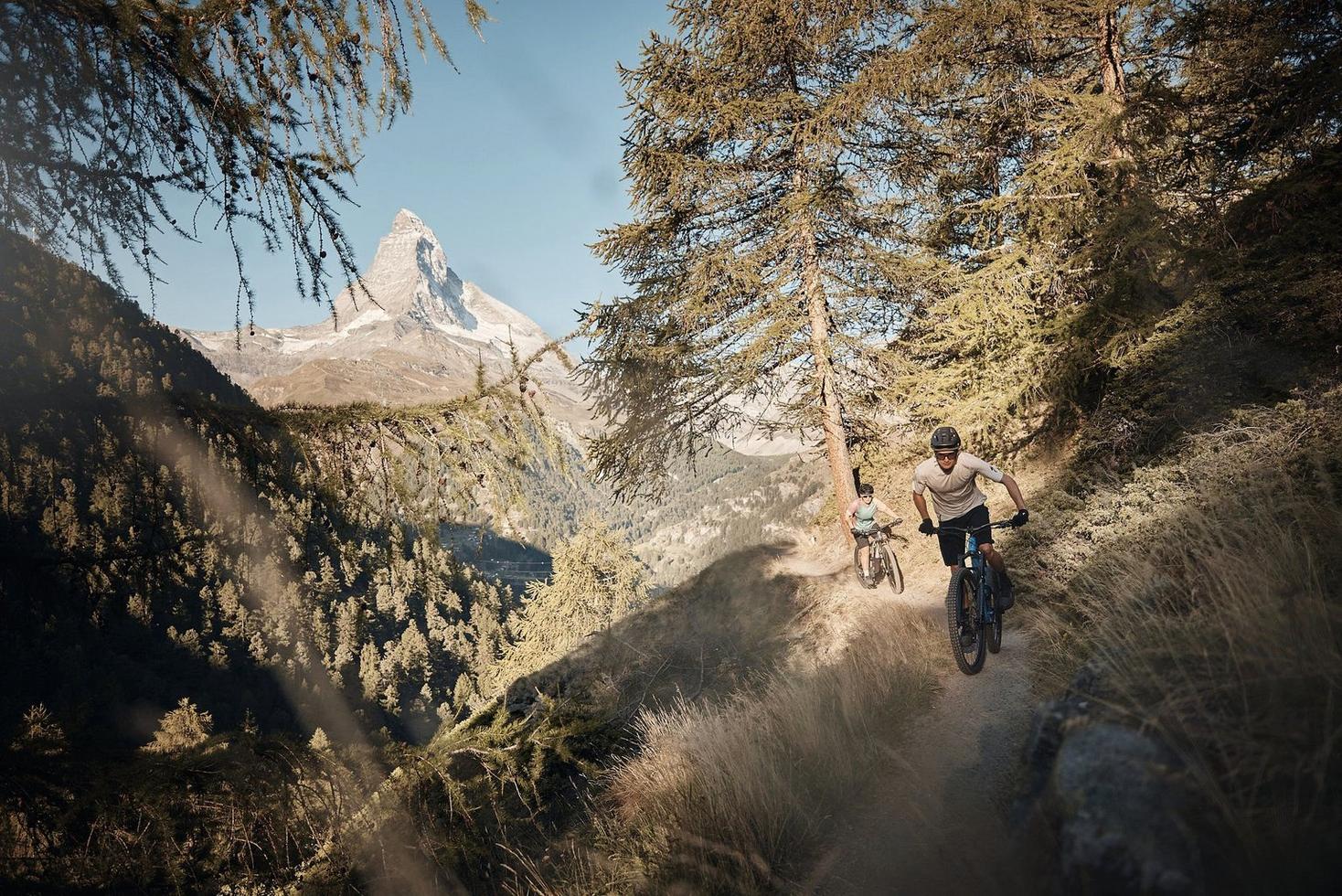
The first combined mountain world championships take place between 30 August and 14 September 2025 across the whole of the canton of Valais. Zermatt will be one of the six venues and will provide the stage for the “Short Track” discipline.
Read more
Forget the traditional après-ski and the hustle and bustle in the village – enjoy a new, exclusive dimension of après-ski at Mama's. Snuggled up in Mama's warm fake fur coat, you can enjoy the elegant champagne lounge on the terrace from 4 to 7 pm.
Read more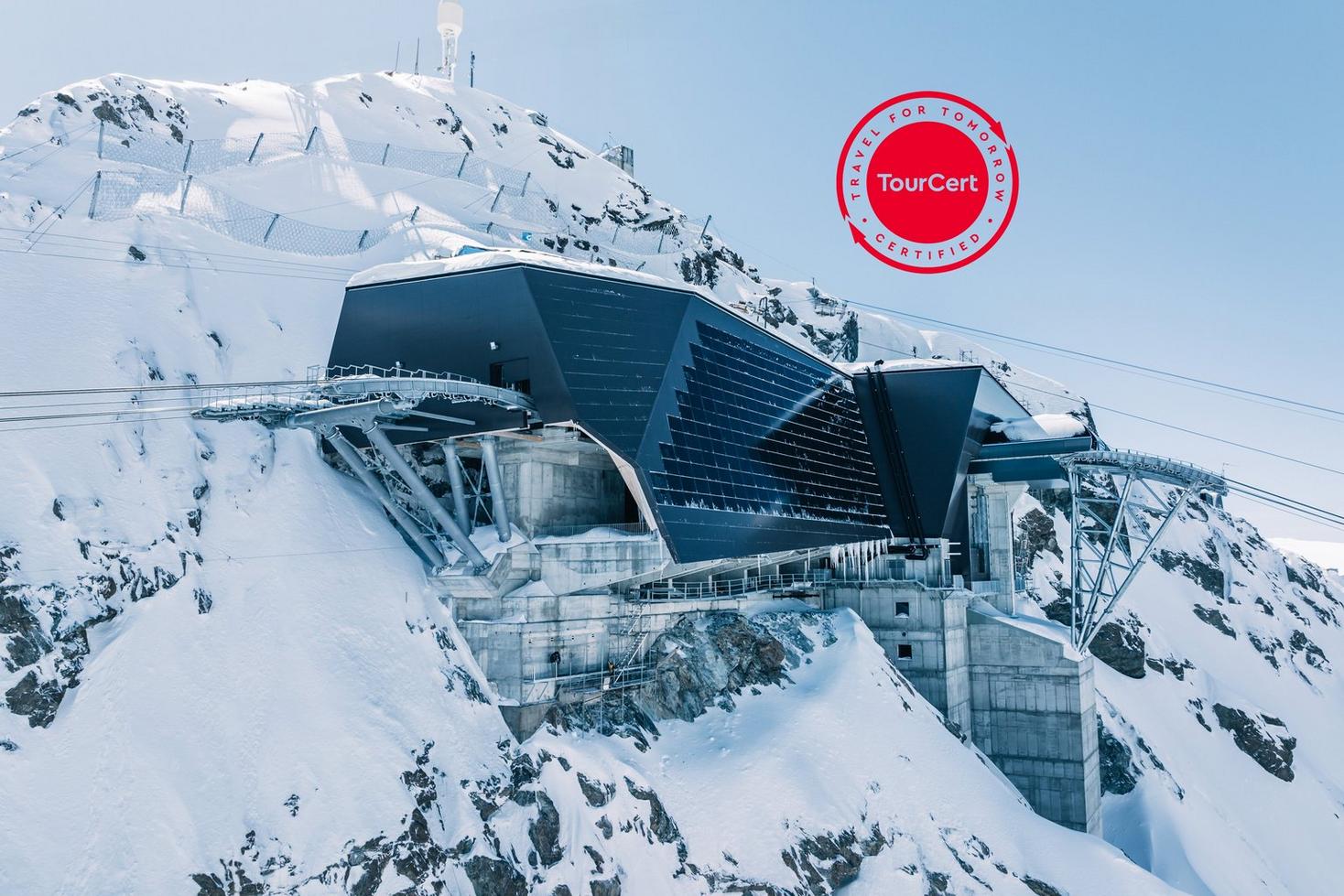
In another important step towards a sustainable future: Zermatt Bergbahnen is one of the first cable car companies in Switzerland to achieve TourCert certification.
Read more
Progressive and innovative access system offers new standards in accessibility and digital customer service in the Matterhorn Ski Paradise
Read more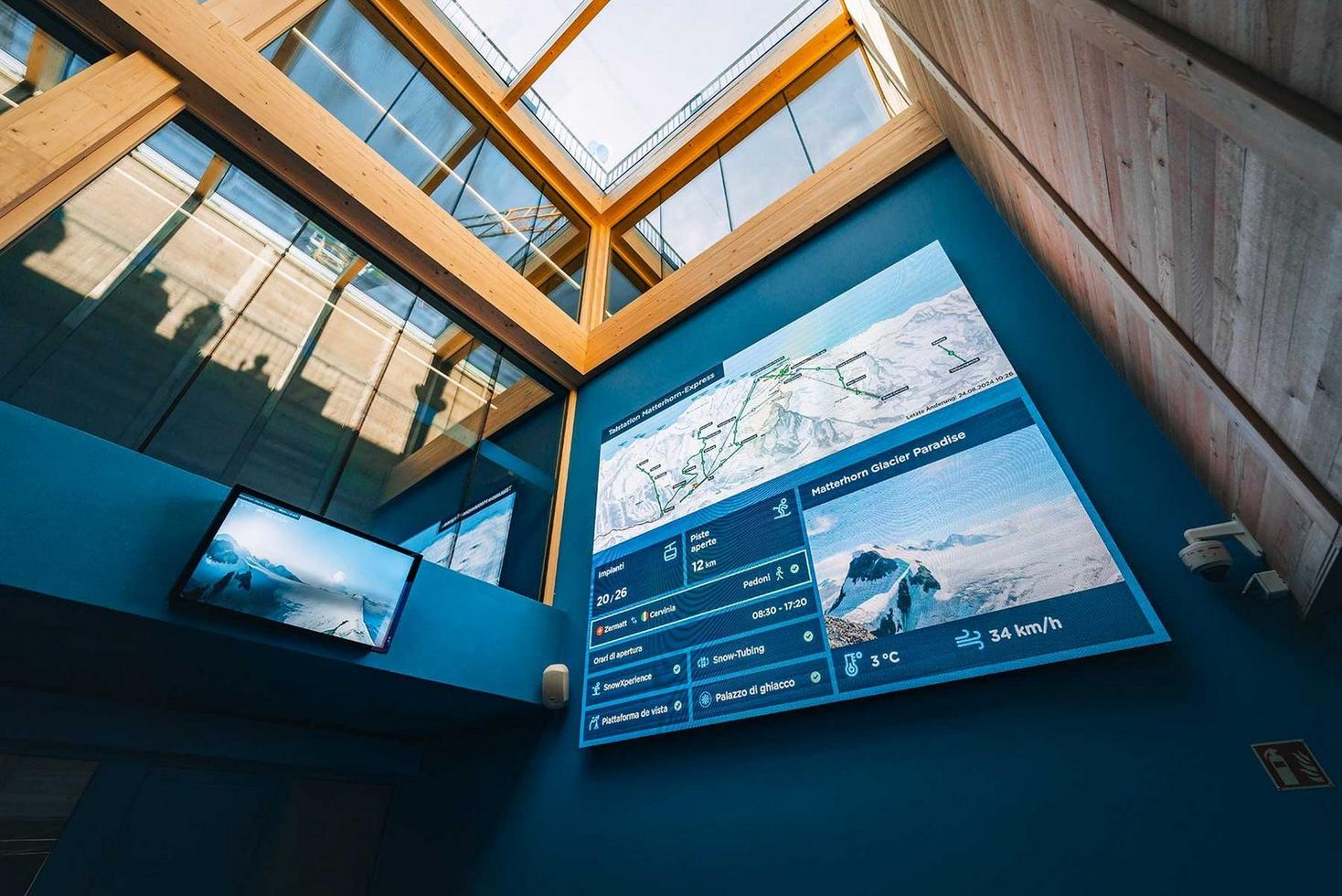
After more than two years of construction, the Matterhorn Express valley station has been completed without interrupting railway operations. In addition to the ground-level and barrier-free access to both railway facilities, the new valley station has been upgraded with further highlights.
Read more